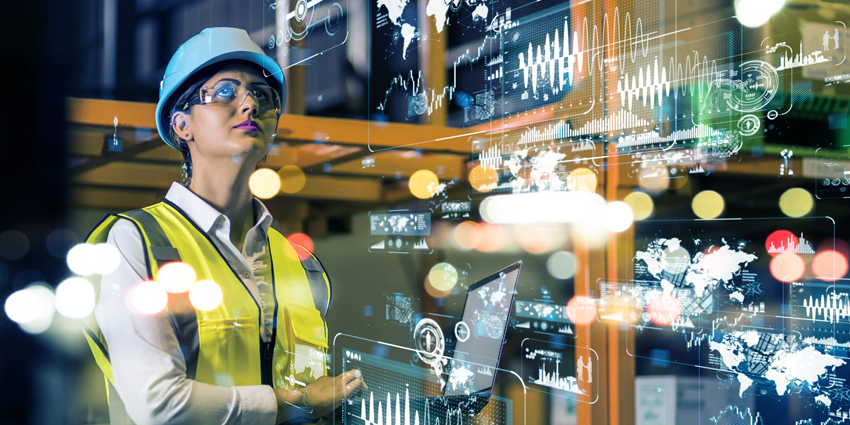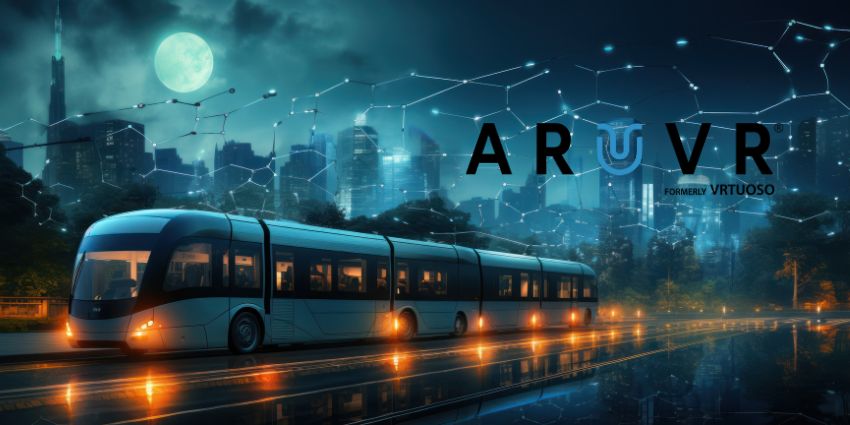Companies yet to adopt manufacturing and industrial XR remain open to improving their processes, making teams more productive, and streamlining workflows. As the sector progresses with its digital transformations, companies are discovering that technology could potentially resolve common problems with innovative solutions.
Once dominated by the entertainment industry, extended reality (XR) has quickly demonstrated its value to many sectors. Companies like Varjo, Magic Leap, Meta Platforms, Pico Interactive, Lenovo, and HTC VIVE have entered the industrial XR space to create solutions tailored to professionals with complex requirements.
With XR, manufacturers can build more streamlined processes while minimising risks on-site. These same processes can expedite time-to-market processes, improve product development, and deepen collaboration.
Here are several of the most common use cases in XR for the industrial and manufacturing environment.
Rapid Product Development
One of the most significant opportunities for industrial XR is accelerating product prototyping and development. According to PriceWaterhouseCooper (PWC) research, virtual and augmented reality (VR/AR) product development tools can boost global gross domestic product (GDP) by up to $360 billion by 2030.
VR for manufacturing can also allow companies to build comprehensive digital twins of real-world environments. Major firms such as Siemens, NVIDIA, Unity, and General Electric have already developed intricate digital twins of manufacturing plants to brainstorm ideas, monitor on-site processes, and boost quality control protocols.
Additionally, automotive firms have begun leveraging VR to design and test cutting-edge vehicle models. These tools not only quickly facilitate experimental materials and designs but can also speed to market processes.
According to an Accenture survey of 4,600 firms, 71 percent of respondents stated XR solutions would positively impact operations. Others said these tools could cut waste, boost productivity, and streamline supply chains.
Powerful Training and Guidance
Manufacturing firms also support numerous employees working with complex machinery. Educating new employees on conducting difficult or dangerous jobs is vital to company operations. Many firms are leveraging XR tools to prepare employees with extensive training prior to entering the job site.
Companies such as Oberon Technologies support workforces at dangerous sites such as power stations, oil and gas sites, and utility firms. Their bespoke job training and upskilling platform eliminates time-consuming, expensive, and even dangerous training processes.
It also creates on-demand, repetitive training modules for students to quickly master their vocations without the threat of injury. These immersive training experiences help keep team members safe on the job.
Companies such as ARuVR, Lenovo, CoSo Cloud, and Moth+Flame also empower employees with similar tools for a host of use cases. Companies can now train their students with XR headsets before deployments. They can also provide smart glasses to interact with data, manuals, and other visuals in the field.
XR Process Improvements and Efficiency
XR also empowers employees in complex environments by offering access to guidance and data required to perform tasks in real-time. This means team members can improve productivity in less time, boosting overall efficiency.
For example, companies like RealWear, Kognitiv Spark, ThirdEye, and Vuzix have carved a niche in the immersive industry with their AR smart glass solutions. This allows first responders to receive patient data to save lives, or remote workers to repair critical components hundreds of miles offshore with minimal bandwidth availability.
Conversely, engineers and technicians can access data and instruction manuals using augmented and mixed reality (AR/MR) devices. These can overlay schematics on physical device components for rapid repair turnarounds, or streamline processes in the workplace.
Faster Maintenance and Repairs with Industrial XR
Manufacturing facilities can face chaos if quality control protocols remain inefficient. Workers must report incidents to specialists as quickly as possible to correct the course of a business.
XR resolves this with on-demand video and relays schematics directly from a wearer’s headset to troubleshoot equipment. For example, Hewlett-Packard recently designed an industrial printer solution for Microsoft HoloLens 2 wearers. This allows them to repair devices rapidly, avoiding long equipment downtimes at factories.
As manufacturing and industrial environments continue to evolve, the internet of things (IoT) devices, applications, and 5G technologies back the future workforce with XR.
Better Collaboration
Furthermore, XR presents immense benefits to unite teams in virtual work environments. Engineers and specialists can work collaboratively with multiple team members to design, test, and export prototypes across a product’s life cycle. This reduces environmental impacts and boosts transparency in the development process.
In recent years, manufacturing companies have begun leveraging tools like digital twins to address this problem, allowing technicians in XR environments to interact with visualised data, repair products, or create new items.
With XR, teams can work more consistently in a safe and aligned digital environment, expediting time to market, and reducing errors in industrial and manufacturing workflows.







